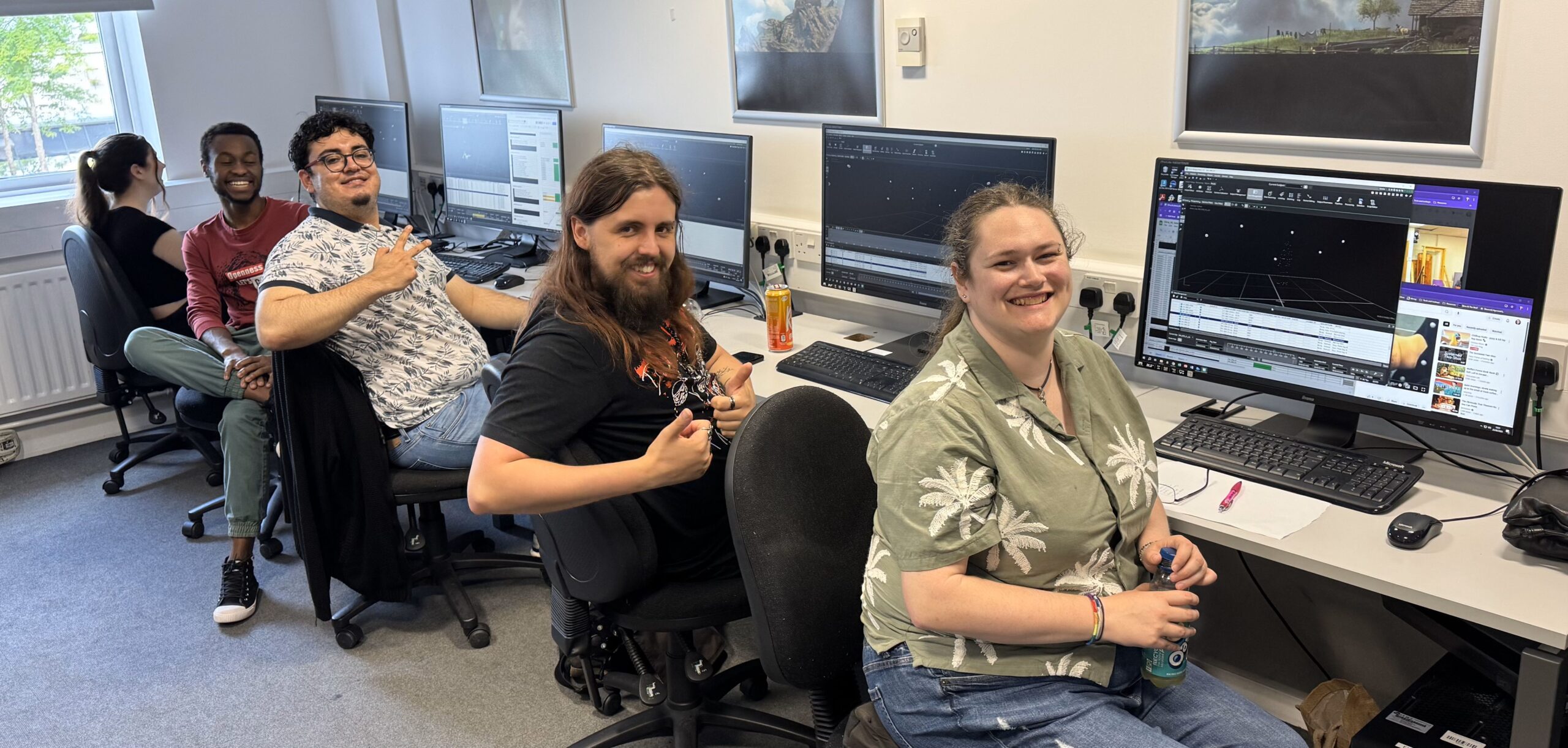There are many glamorous roles in filmmaking: the tortured director, agonising over the tiniest artistic sentiment, the star, giving their all in a virtuosic performance in front of a glorious set whilst adorned in a perfectly crafted costume, a composer digging deep into his emotional bag of tricks to conjure melodies that can channel the epic drama at the heart of the film.
All lovely, isn’t it! But that isn’t how great films are made. The above list is about 5% of what actually happens. Films are made by committed craftspeople who are prepared to grind through often dull, repetitive tasks, who turn up and do their job, all in the service of creating (hopefully) great art.
Beyond the Blu-ray cover lists are the real makers. And a lot of this making is pure logistics; it’s organising food, hiring equipment, negotiating and organising set usage, organising transport, scheduling actors, moving props, animating fingers, moving lights, filling smoke machines, buying smoke machine fluid, and so the list goes on…
In our case, the “glamorous” motion capture shoot for our film took 3 weeks. 3 weeks of really hard, but thrilling work, where our team pulled together to capture solid data on the performances. That was in 2011, 14 years ago! Since then, the reality of turning that data into a film has taken up all the time of those who have worked on it since. And most of that work isn’t the stuff of Blu-ray covers. It’s work that is never going to get a feature in Variety magazine, but it’s what truly crafts a film.
This is a spreadsheet of every motion capture performance in our 2-hour film. 377875 frames, 209 minutes (and rising!) of data from 43 individual scenes. Our team has just pored over every single performance in this list, performances currently visible only as a series of marker dots moving through space. (The skeletons come later) They have been picking out which bits of each performance are needed based on a rough-cut of the movie made from on-set video. This is done so the next stage: the motion capture cleanup, where the skeleton is added and prepared for the film character models can be done with as little waste as possible. (In time and money!) It’s a slow, laborious task that requires a lot of concentration; messing it up could add huge delays and cost to the production. But it’s essential, as essential as the director’s “vision”, or the star’s acting chops, but you’re unlikely to read about it in Variety magazine.
(Left to right – Borka, Issac, Umurhan, James. Fiona)
A big thanks to all the team who have worked on this. If I were the editor of Variety magazine, you would all be on the front cover!
Paul


